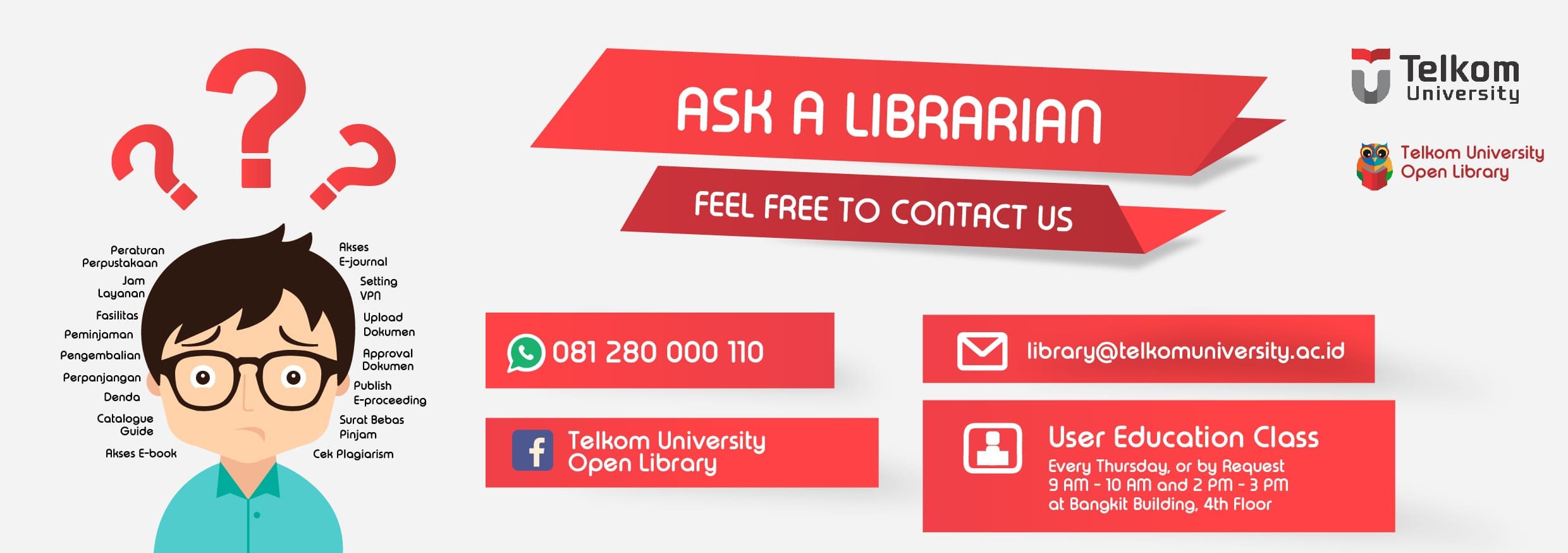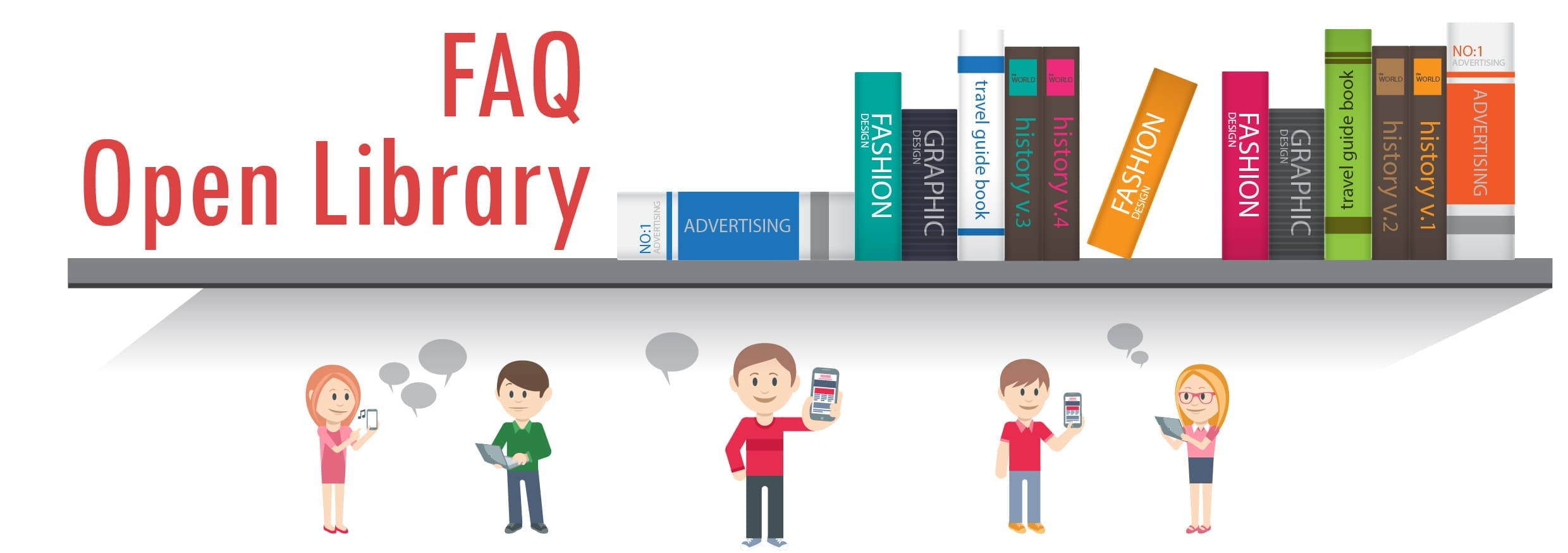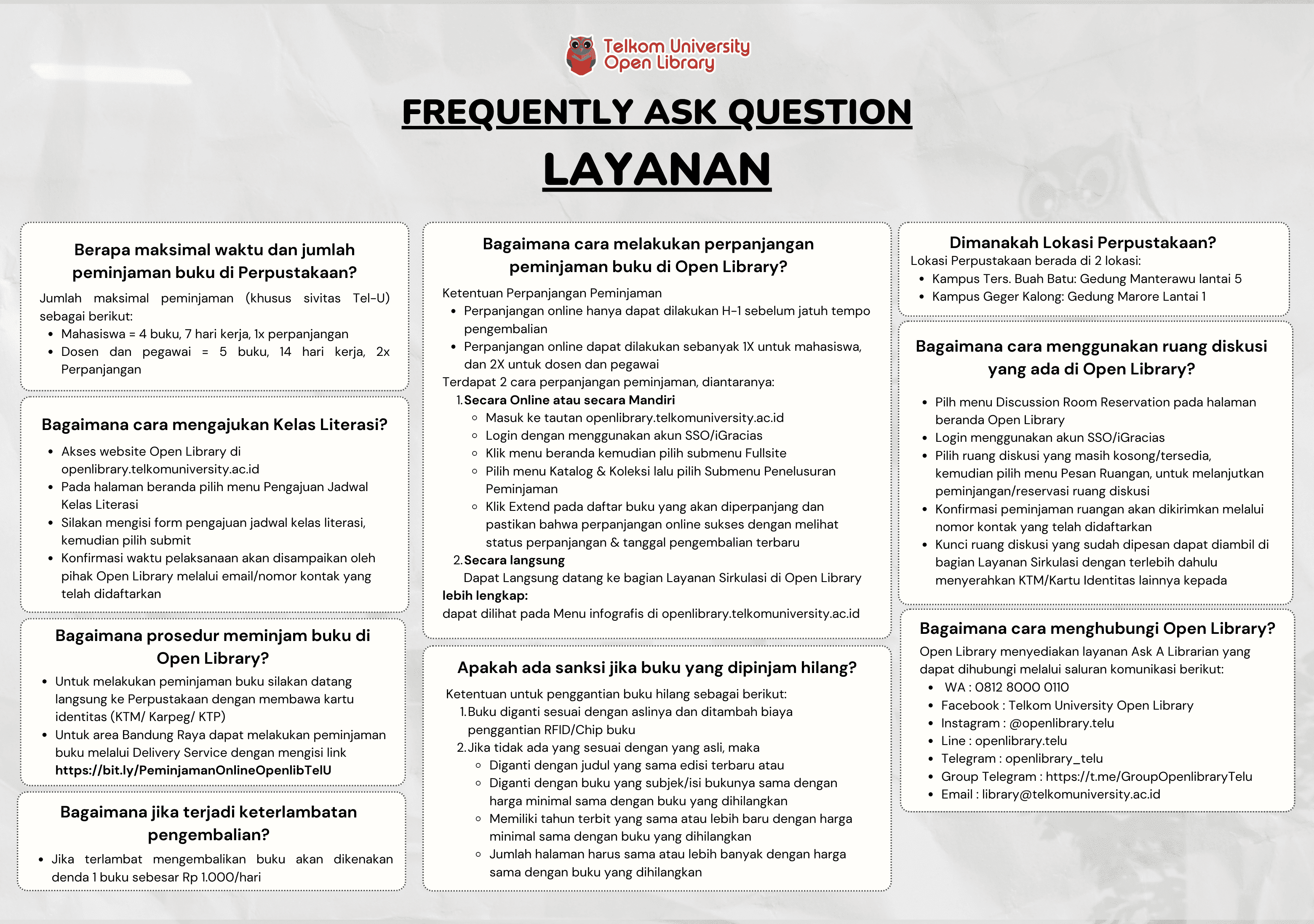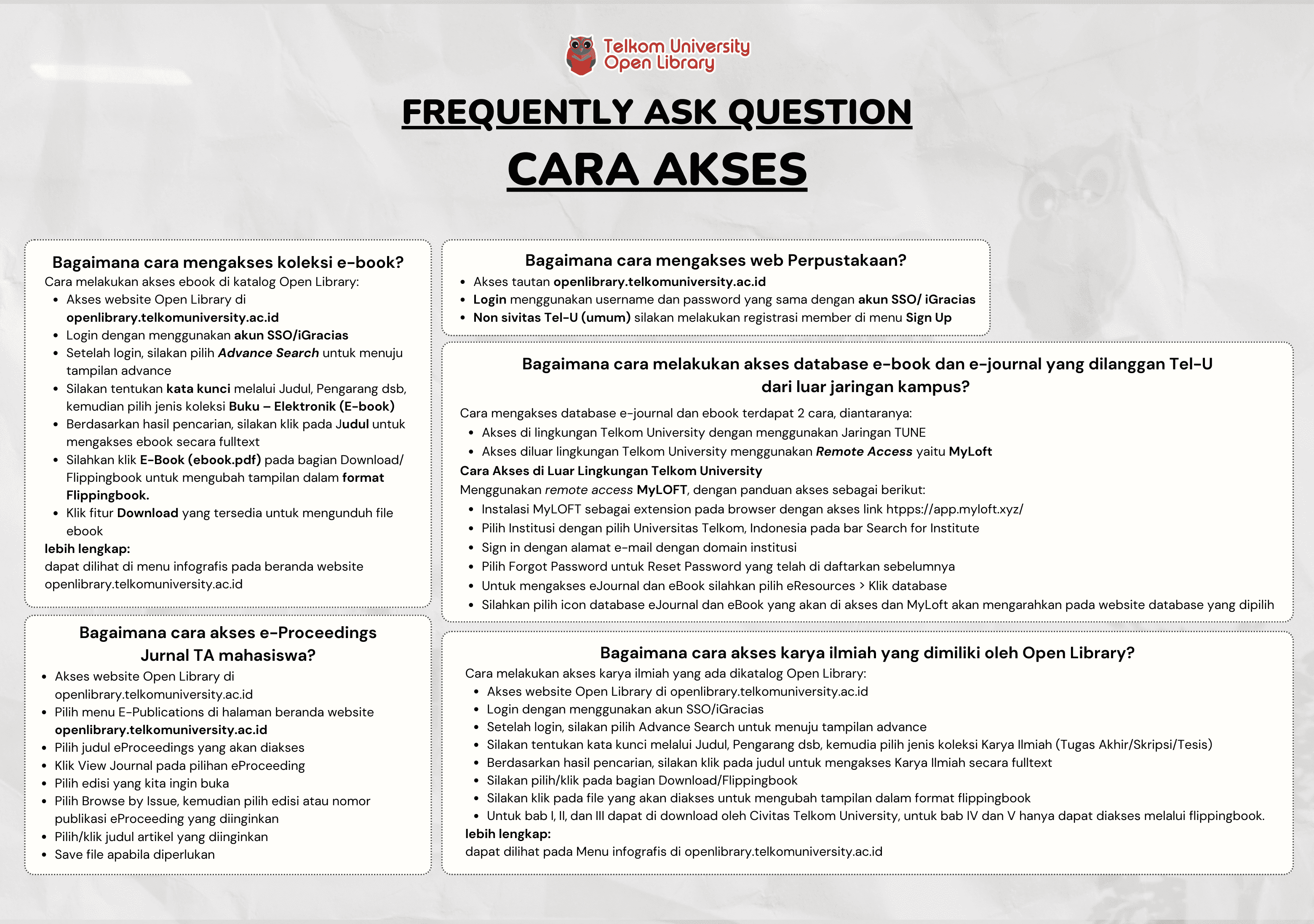The Impact Adoption of M-Commerce Base on TAM to Consumer Intention in Indonesia: Study of LINE Shopping.
GEDE PRADNYA WIGRAHA

Informasi Umum
Kode
15.04.2081
Klasifikasi
658.872 - Telemarketing, Direct marketing, Direct-mail marketing, Direct selling, Multilevel marketing, Pyramid marketing, Television selling, Catalog, Online, Telephone-order marketing
Jenis
Karya Ilmiah - Skripsi (S1) - Reference
Subjek
E-commerce
Dilihat
236 kali
Informasi Lainnya
Abstraksi
Line, a very well-known chat application has launched LINE Shopping in Indonesia which makes it even more interesting especially for e-commerce businesses. As opposed to the official accounts operated by brand owner or merchant, LINE Shopping is managed by LINE team, aggregating online merchants and promoting deals exclusively for Line Users. M-commerce has a great potential and Line Shopping was able to exploit the opportunity, it is crucial to find out what are the most influencing factors for mcommerce adoption. Line exceptional performance in harnessing the power of mcommerce has got to writer’s interest. This research uses TAM which was developed by Wei et al. (2009). This research is descriptive and verificative (causal) research. Populations in this research are Line Shopping users in Indonesia. The sample taken was 100 respondents using Non- Probability sampling with convenience sampling approach. Convenience sampling refers to the collection of information from members of the population who are conveniently available to provide it. This Research uses Multiple Regression Analysis as measurement tool. The researches resulted in regression as follows: Y=1.517+0.115X1+0.180X2+0.113X3+0.760X4-0.869X5. Based on statistical data analysis, the indicators in this research are valid and the variables are reliable. On classic assumption test, the regression model is free of multicollinearity, heteroscedasticity was not occurred, and is normally distributed. Simultaneously, the variables Perceived Usefulness (X1), Perceived Ease of Use (X2), Social Influence (X3), Trust (X4), and Perceived Cost (X5) have influence toward Intention to Use (Y) on mcommerce in Indonesia. While partially, Perceived Usefulness, Perceived Ease of Use, Trust and Perceived Cost are significantly influential toward Intention to Use m- Commerce. Social Influence however is not significantly influential toward Intention to Use. Line Shopping need to maintain the elements that are already considered good by its users and improve the elements that are considered not good enough. Based on the research and discussion that has been conducted it was discovered that the influence of Perceived Usefulness, Perceived Ease of Use, Social Influence, Trust, and Perceived Cost toward intention to Use on m-commerce in Indonesia 69,3%, while the rest 30,7% were influenced by unobserved factors. As for suggestions proposed by the researcher, LINE shopping need to keep up their work and improving by doing continuous updates on the aspects that will maintain or increase LINE shopping intention of use. As for the next researcher, it would be better if they have more references and to give more focus on the upstream customers. Keywords: m-commerce adoption, Technology Acceptance Model (TAM), Mobile Commerce, Line Shopping.
Koleksi & Sirkulasi
Tersedia 1 dari total 1 Koleksi
Anda harus log in untuk mengakses flippingbook
Pengarang
| Nama | GEDE PRADNYA WIGRAHA |
| Jenis | Perorangan |
| Penyunting | Maya Ariyanti |
| Penerjemah |
Penerbit
| Nama | Universitas Telkom |
| Kota | Bandung |
| Tahun | 2015 |
Sirkulasi
| Harga sewa | IDR 0,00 |
| Denda harian | IDR 0,00 |
| Jenis | Non-Sirkulasi |



















